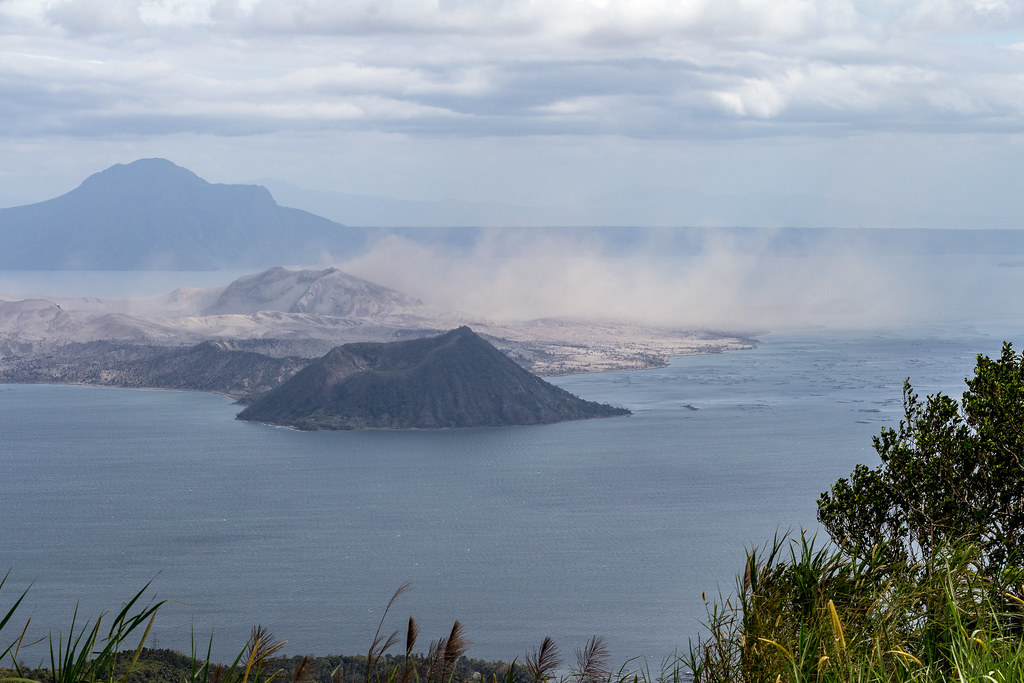- What Earth’s Magnetic Field Has to Do With Climate History - October 7, 2025
- The Science Behind Heat Domes and Their Growing Impact - October 7, 2025
- What Ancient Lake Beds Teach Us About Past Rainfall Patterns - October 6, 2025
Ring of Fire Rumbles Again
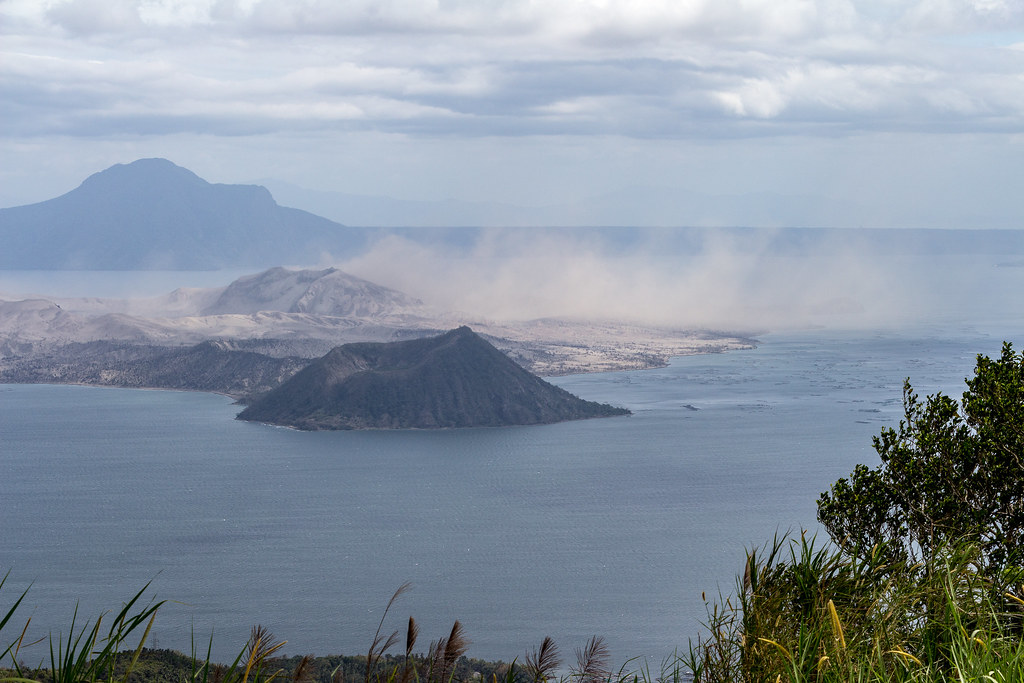
The earth shook violently beneath the blue waters of Indonesia’s archipelago on June 17, 2025, when Mount Lewotobi Laki Laki erupted at 5:35pm local time on Tuesday, unleashing a 6.8-mile (11-kilometer) hot ash column that sent shockwaves through one of the world’s most seismically active regions. This isn’t just another volcanic event – it’s a stark reminder that Indonesia sits on a geological powder keg that has claimed hundreds of thousands of lives throughout history. Indonesia has 120 active volcanoes and sits along the “Ring of Fire,” a horseshoe-shaped series of seismic fault lines encircling the Pacific Basin, making every eruption a potential trigger for something far more devastating than flowing lava. The Indonesian Geological Agency said it recorded the volcano unleashing 10,000 metres (32,800 feet) of thick grey clouds on Tuesday afternoon. What makes this eruption particularly nerve-wracking is the growing fear that volcanic debris could collapse into the ocean, creating the perfect conditions for a tsunami that could devastate coastal communities across the region.
Death Count Rises as Villages Bear the Brunt
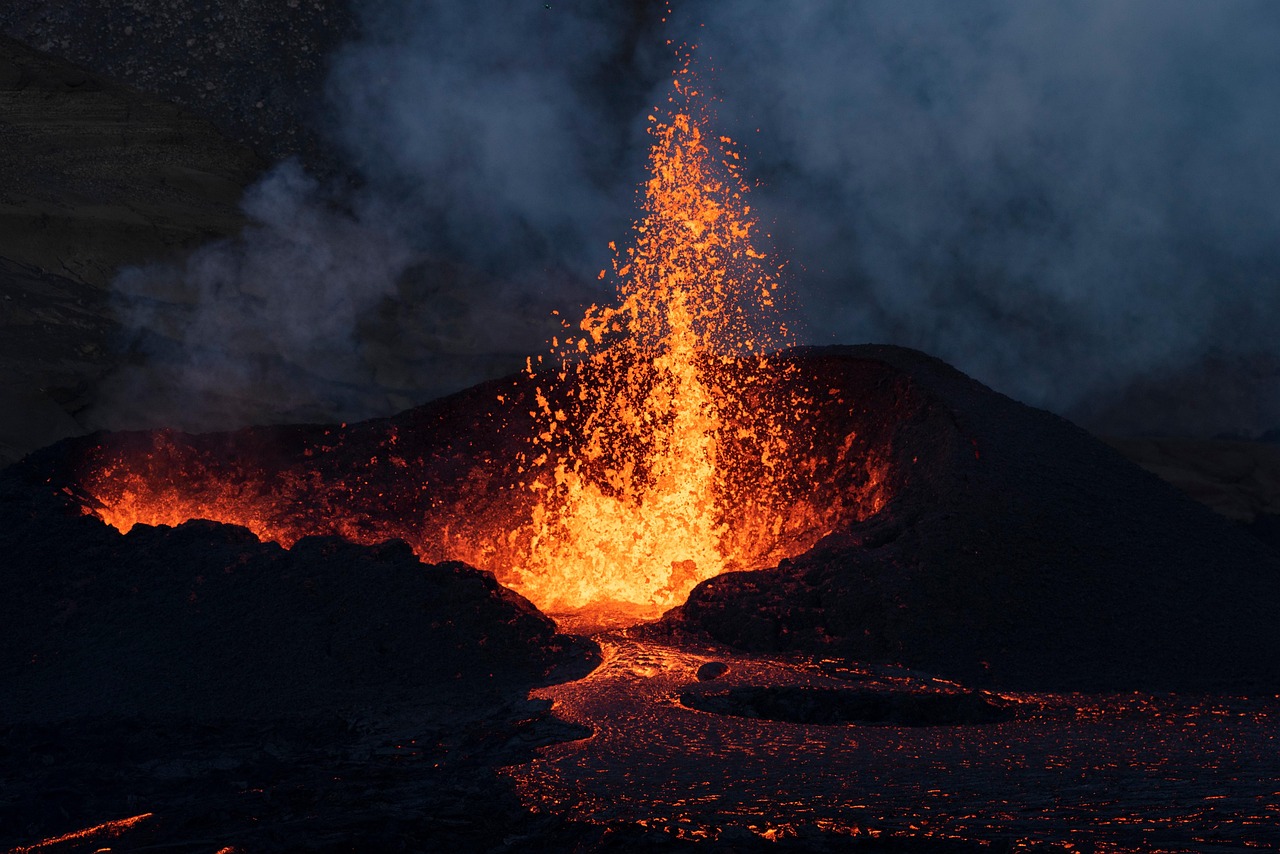
The recent string of eruptions from Mount Lewotobi Laki-laki has already painted a grim picture of destruction and loss. An eruption of Mount Lewotobi Laki-laki in November killed nine people and injured dozens, while the most recent casualty report shows the volcano’s devastating impact on local communities. A total of 9 people were killed at the site, 31 were seriously injured, 32 sustained minor injuries, and 3 victims were referred to the hospital. The damaged structures consist of 25 schools, 14 other public facilities, and 2,384 residential houses. These numbers tell a story of families torn apart and communities shattered by nature’s fury. A total of 13,000 individuals have been displaced to several locations, creating a humanitarian crisis that extends far beyond the immediate blast zone. The displacement figures show how volcanic eruptions don’t just destroy property – they uproot entire ways of life, forcing people to abandon ancestral homes and start over in unfamiliar places.
Airport Chaos and Flight Cancellations Spread Panic
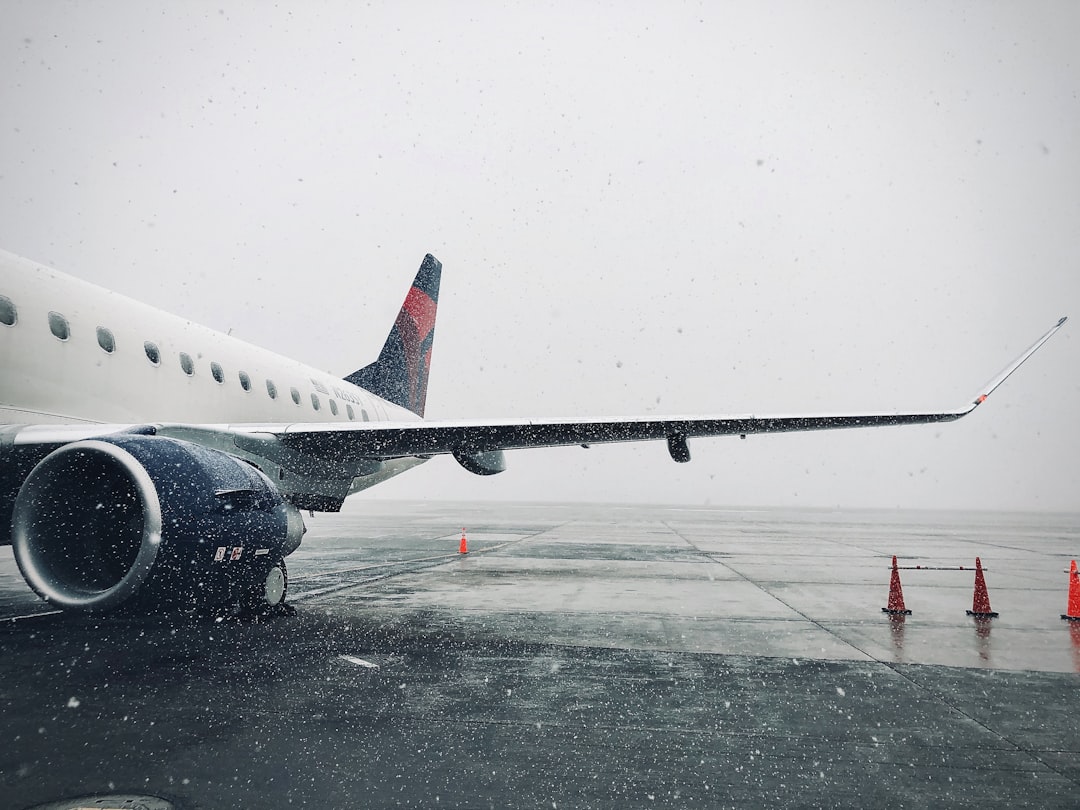
The volcanic ash cloud didn’t just threaten ground-based communities – it also wreaked havoc on air travel across the region, turning what should have been routine flights into cancelled nightmares. A volcanic eruption in Indonesia sent an enormous ash cloud more than six miles into the sky, disrupting or canceling dozens of flights to and from the tourist island of Bali. The ripple effect was immediate and far-reaching, with airlines scrambling to reroute passengers and tourists stranded in paradise turned into a volcanic prison. Singapore’s Changi Airport website shows Jetstar and Scoot canceled flights to Bali Wednesday morning while AirAsia called off its midday flight to the Indonesian capital. These cancellations affected thousands of travelers, including honeymooners like Athirah Rosli and her husband, who found themselves unexpectedly extending their Bali vacation. The economic impact on Indonesia’s crucial tourism industry, which depends heavily on international flights, could be severe if volcanic activity continues to disrupt air travel patterns.
Tsunami Terror: When Volcanoes Meet Ocean
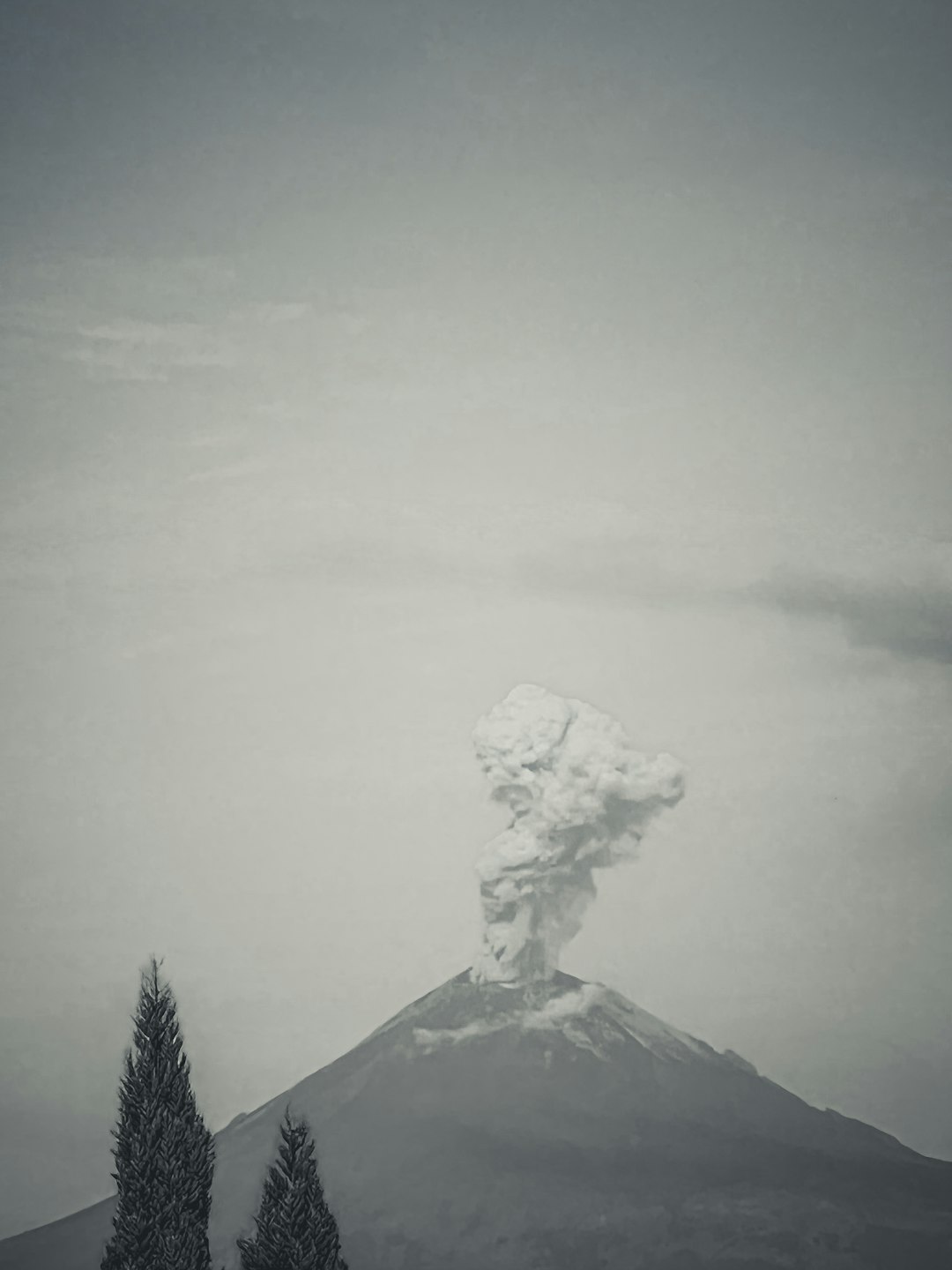
What keeps disaster experts awake at night isn’t just the immediate threat of volcanic eruptions – it’s the terrifying possibility that chunks of volcanic mountains could collapse into the sea and trigger tsunamis. Agency chief Hendra Gunawan said officials had raised the volcano alert to the highest level, warning people not to go within 6 kilometers (3.7 miles) of the peak, due to fears Mount Ruang could partially collapse into the water and cause a tsunami, as it did in 1871. The precedent is chilling: In 2018, the eruption of Indonesia’s Anak Krakatau caused it to topple into the sea, triggering a tsunami that struck the coasts of the main Java and Sumatra islands, killing more than 400 people. This isn’t ancient history – it’s a recent disaster that proves volcanic tsunamis are a real and present danger. “The communities in Tagulandang island… (need) to be on alert for the potential ejection of incandescent rocks, hot clouds discharges and tsunami caused by the collapse of the volcano’s body into the sea,” volcanology agency head Hendra Gunawan said in a statement Wednesday. The science behind these volcanic tsunamis is straightforward but deadly: when massive sections of volcanic slopes suddenly slide into the ocean, they displace enormous volumes of water that race outward as devastating waves.
Early Warning Systems Put to the Ultimate Test
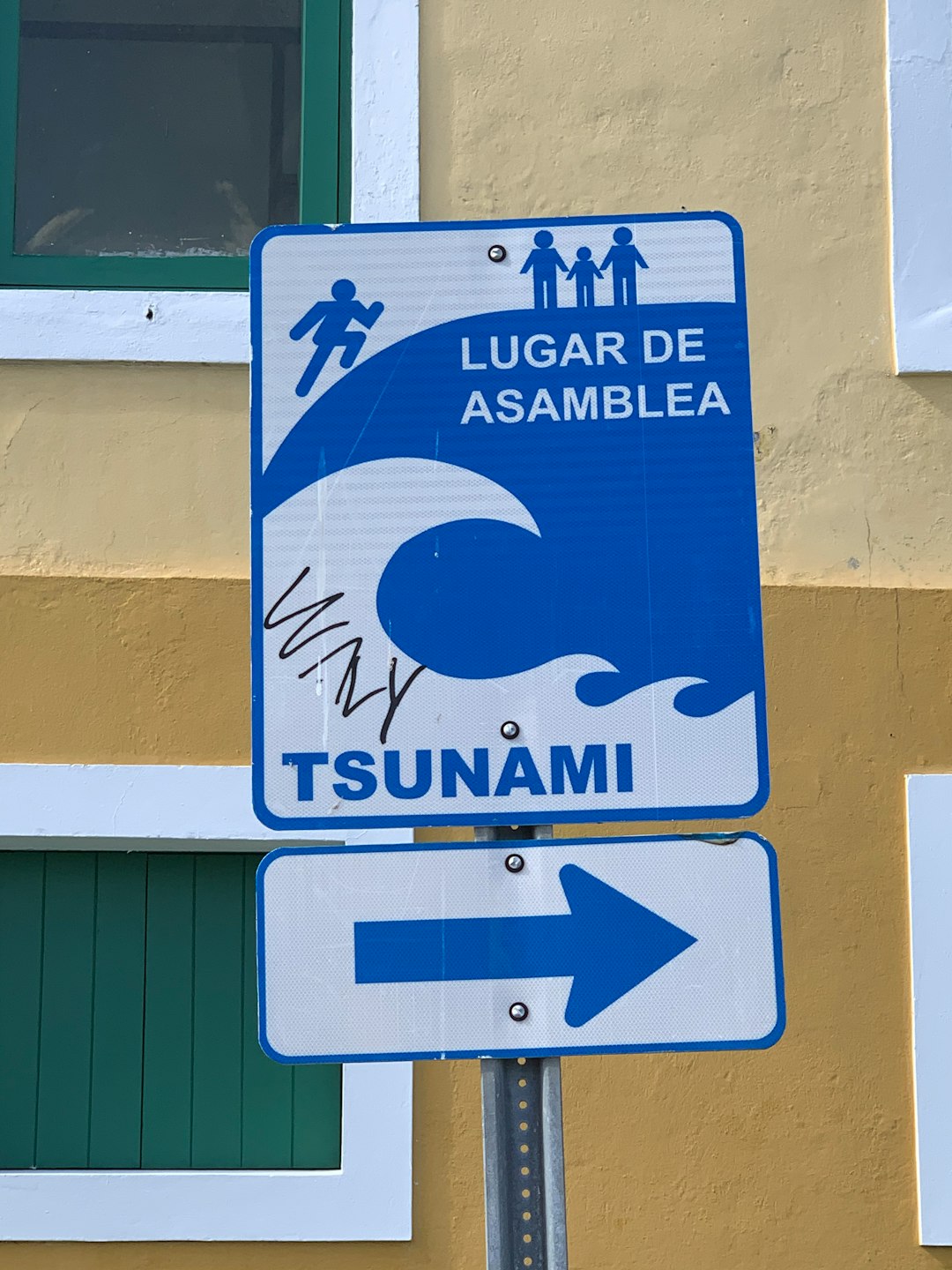
Indonesia’s tragic history with tsunamis has forced the nation to invest heavily in early warning systems, but recent volcanic activity is testing these systems in ways they were never originally designed to handle. At the national level, right now Indonesia is strengthening our tsunami early warning system. By 2024, 533 seismograph sensors will be in place, representing a massive technological upgrade aimed at giving coastal communities precious minutes to evacuate. However, the challenge with volcanic tsunamis is that they often don’t provide the same warning signs as earthquake-generated waves. The 2018 tsunami highlighted how strongly disaster cultures centred on earthquake-centred tsunami. This earthquake-centred disaster culture extends to community perceptions of risk, the roles and responsibilities of agencies, the national choices of monitoring instrumentation as well as warning procedures. The reality is sobering: many communities have been trained to expect ground shaking before a tsunami, but volcanic collapses can generate waves without any seismic warning. Elsewhere, its tsunami warning system has failed to avert deaths, in areas such as Palu in Central Sulawesi, where thousands died in a tsunami in 2018 unleashed by a quake of magnitude 7.5 after sirens did not go off in warning, highlighting the ongoing challenges faced by even the most advanced warning systems.

